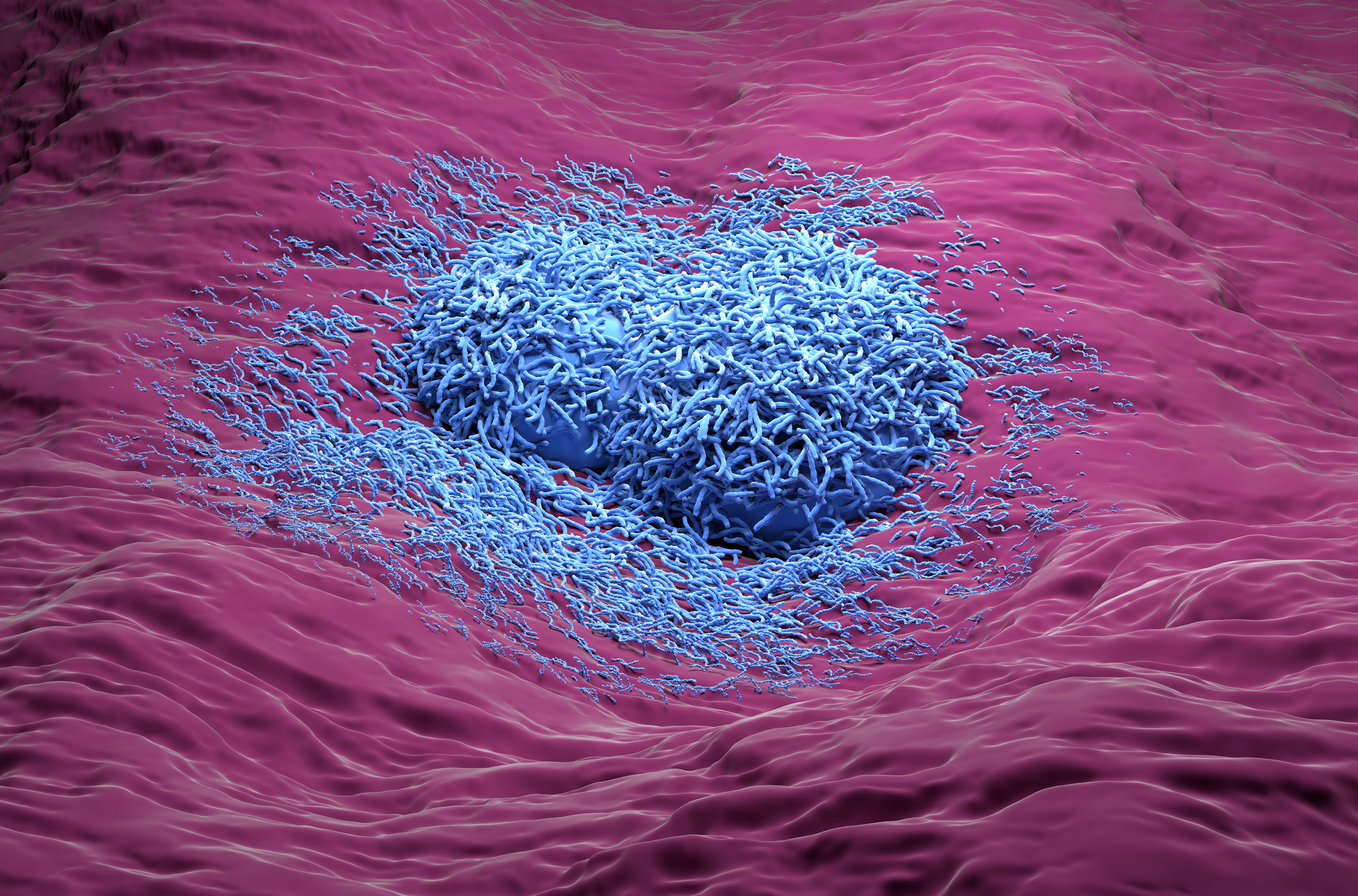STRIDE Regimen Exhibits Manageable Safety in Patients With uHCC
According to George Lau, MD, FRCP, FAASLD, patients with unresectable hepatocellular carcinoma who experienced immune-related adverse events with the STRIDE regimen were not precluded from receiving survival benefit.
Image Credit: © LASZLO - www.stock.adobe.com

The use of single tremelimumab (Imjudo) regular interval durvalumab (Imfinzi; STRIDE) in patients with unresectable hepatocellular carcinoma (uHCC) showed manageable and low-grade immune-related adverse events (irAEs), according to findings from the phase 3 HIMALAYA trial (NCT03298451).1
The study findings were presented during the 2023 ASCO Annual Meeting. At the time of the presentation, it was also reported that patients who developed irAEs had numerical improvements in overall survival (OS).
There was a numerical improvement in OS among those patients who experienced an irAE with STRIDE compared with those who did not. The median OS after developing an irAE was 23.2 months (95% CI, 19.1-32.4) vs 14.1 months (95% CI, 11.6-17.9) among those who did not (HR, 0.727;95% CI, 0.557-0.948).
More specifically, the 6-months OS rates between those who did, and those who did not, experience an irAE, respectively, were 81.3% (95% CI, 75.1%-88.0%) vs 77.1% (95% CI, 72.1%-82.5%). The 12-month OS rates were 69.1% (95% CI, 61.8%-77.2%) vs 55.2% (95% CI, 49.4%-61.8%); the 24-month OS rates were 48.9% (95% CI, 41.3%-58.0%) vs 35.3% (95% CI, 29.8%-41.8%); and the 36-months OS rates were 36.2% (95% CI, 28.1%-46.7%) vs 27.7% (95% CI, 22.4%-34.2%), respectively.
At 36 months, the OS rates were higher among those receiving STRIDE than those receiving sorafenib (Nexavar), regardless of irAE development. In the intention-to-treat population, the 36-month OS rate with STRIDE (n = 393) was 30.7 months and with sorafenib (n = 389), the rate was 20.2%. Moreover, in assessing only patients who received STRIDE, the median OS among those who developed an irAE (n = 139) was 36.2 months, and the median OS among those with no irAE (n = 249) was 27.7 months.
The findings also demonstrated that the OS benefit was similar for patients receiving durvalumab monotherapy—regardless of irAE development. The median OS for those in this group who developed an irAE was 17.8 months (95% CI, 13.8-25.1) and the median OS for those who did not develop an irAE was 16.5 months (95% CI, 13.1-19.4), yielding an HR of 1.136 (95% CI, 0.820-1.574).
Among patients who received durvalumab as monotherapy, the 6-month OS rates between those who did, and did not, experience an irAE, respectively, were 82.8% (95% CI, 74.1%-92.6%) vs 71.8 (95% CI, 67.1%-76.9%). The rates for 12-month OS, respectively, were 60.9% (95% CI, 50.1%-74.1%) vs 58.2% (95% CI, 53.1%-63.8%). The 24-months OS rates were 39.1% (95% CI, 28.8%-53.0%) vs 39.3% (95% CI, 34.3%-45.0%) and the 36-month OS rates were 20.6% (95% CI, 12.2%-34.8%) vs 25.7% (95% CI, 20.8%-31.9%), respectively.
The most common irAEs to occur with STRIDE were hypothyroidism (10.1%), hyperthyroidism (4.7%), diarrhea (4.4%), rash (2.3%) and hepatitis (2.3%). Among those receiving durvalumab monotherapy, the most common irAEs included hypothyroidism (3.9%), increases in alanine transaminase (ALT; 3.6%), and increases in aspartate aminotransferase (AST; 3.6%). Further temporal patterns of irAES will also be reported ruing the ASCO Meeting, however, most events occurred within the first 3 months of treatment.
“The occurrence of imAEs [immune-mediated adverse events] did not preclude participants from experiencing an OS benefit with stride and long-term survival was observed with STRIDE, irrespective of imAE occurrence,” George Lau, MD, FRCP, FAASLD, Chairman and Senior Consultant in Gastroenterology and Hepatology at the Humanity & Health Medical Group, in Hong Kong, said in a presentation of the findings.
“The results of this exploratory analysis further support the benefit of STRUDE in a diverse population reflective of uHCC globally,” added Lau, who is also the chair professor and co-director at the 5th Medical Centre of Chinese PLA General Hospital (Beijing 302 Hospital).
The STRIDE regimen was assessed against sorafenib in the phase 3 HIMALAYA study—the results of which demonstrated that patients with uHCC achieved superior survival with the experimental regimen–and experienced a manageable safety profile. Consequently, the regimen was approved for patients with uHCC in the United States, Japan, and in the European Union. Single agent durvalumab (Imfinzi) is also approved in Japan for patients with uHCC.
The trial enrolled adult patients with confirmed uHCC who were Child-Pugh Class A, and not eligible for locoregional therapy. These patients had no prior systemic therapy, ECOG performance statuses of 0 to 1, and no main portal vein thrombosis. They were randomly assigned to received either STRIDE (n = 393), which consisted of tremelimumab 300 mg plus 15000 durvalumab every 4 weeks, durvalumab (n = 389), at a dose of 1500 mg every 4 weeks, or sorafenib (n = 389), at a dose of 400 mg every day. The primary objective was OS superiority over sorafenib. Secondary objectives include OS noninferiority, 36-month OS rates, safety, and progression-free survival, objective response rate, and disease control rate.
Investigators were responsible for assessing whether an irAEs was caused by treatment. An event was classified as an AE of special interest if it was associated with drug exposure or if it was consistent with an immune-related mechanism of action for which there was no clear alternate etiology.
REFERENCE:
Lau G, Sangro B, Crysler OV, et al. Temporal patterns of immune-mediated adverse events (imAEs) with tremelimumab (T) plus durvalumab (D) in the phase 3 HIMALAYA study in unresectable hepatocellular carcinoma (uHCC). J Clin Oncol. 2023;41(suppl 16):4073. doi:10.1200/JCO.2023.41.16_suppl.4073










